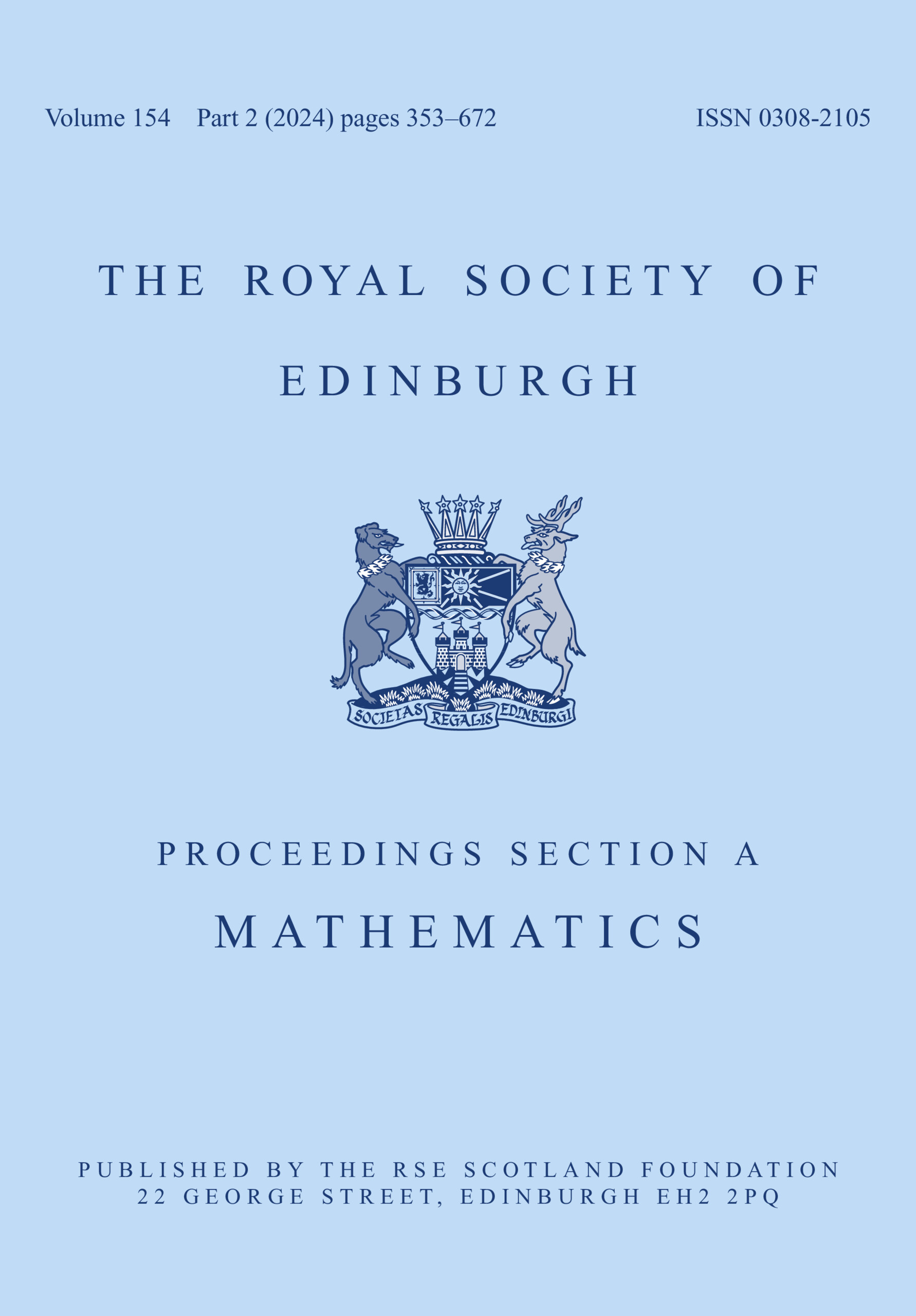Crossref Citations
This article has been cited by the following publications. This list is generated based on data provided by Crossref.
Benedikt, Jiří
Bobkov, Vladimir
Dhara, Raj
and
Girg, Petr
2022.
Nonradiality of second eigenfunctions of the fractional Laplacian in a ball.
Proceedings of the American Mathematical Society,
Chorwadwala, Anisa M.H.
and
Ghosh, Mrityunjoy
2022.
Optimal shapes for the first Dirichlet eigenvalue of the p-Laplacian and dihedral symmetry.
Journal of Mathematical Analysis and Applications,
Vol. 508,
Issue. 2,
p.
125901.
Kumar, K. Ashok
and
Biswas, Nirjan
2024.
Strict Monotonicity of the First q-Eigenvalue of the Fractional p-Laplace Operator Over Annuli.
The Journal of Geometric Analysis,
Vol. 34,
Issue. 3,



